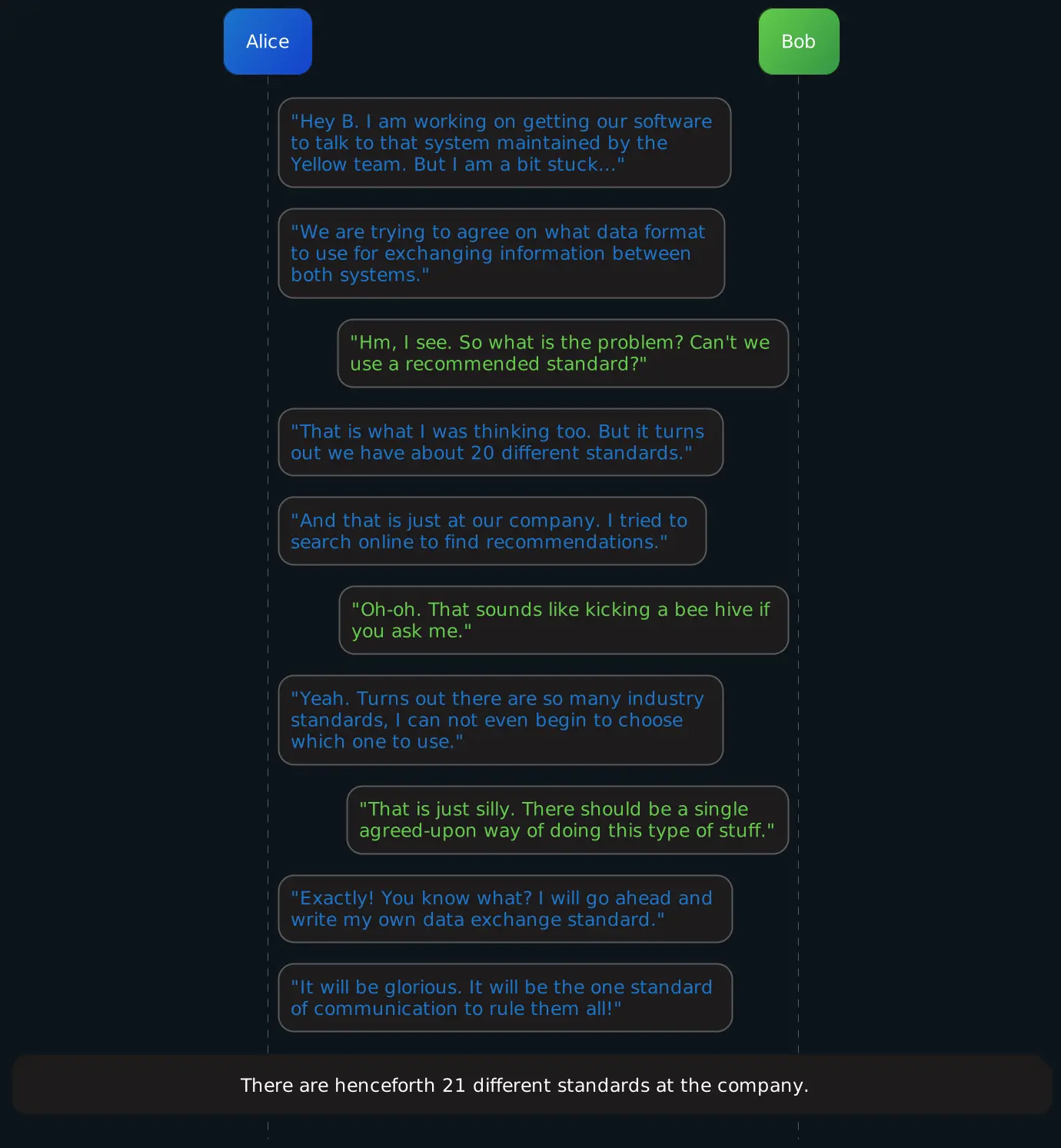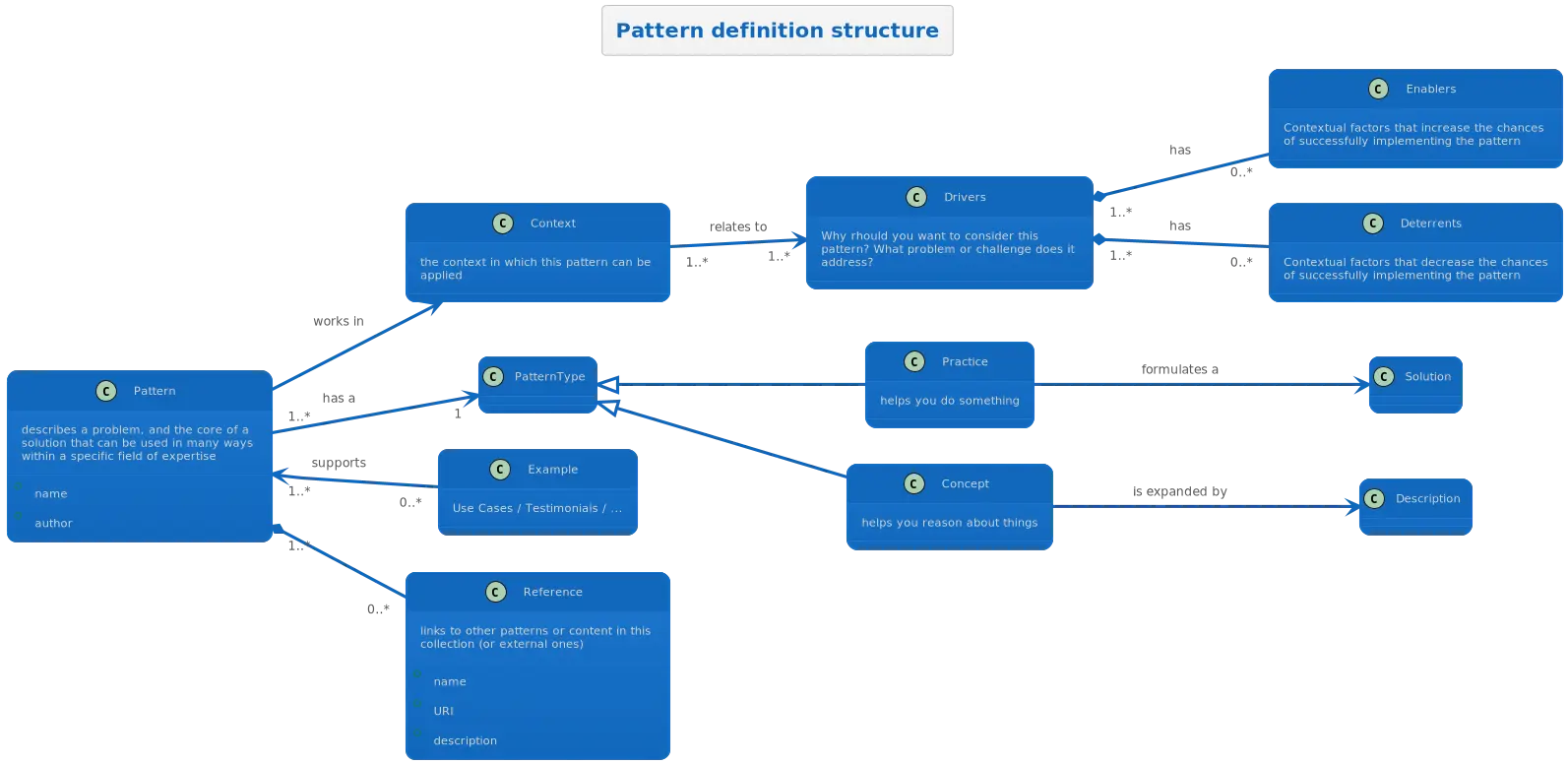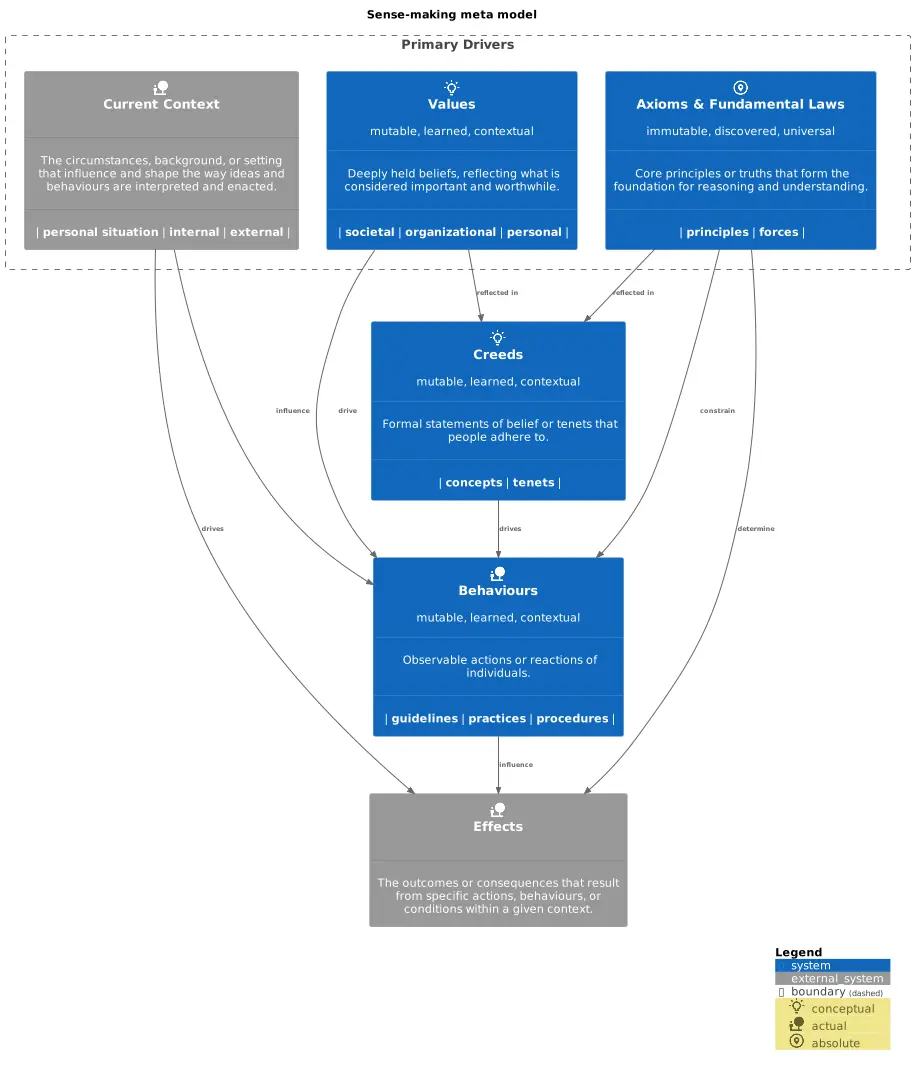Over the years, I have consumed numerous books, articles, and videos to enhance my skills as a technical professional. Some lessons have been invaluable on my professional journey, while others have been less helpful. Through discussions with fellow software professionals, I have noticed a lack of common ground within our industry. Unlike more mature professions, such as woodworking, medicine, law, or politics, software development is a relatively young field.
As of late 2022, the technology industry has been steadily growing in size and importance. While this might seem like a dream come true for those of us who grew up fantasizing about living in cyberspace and being all-powerful wizards, the reality is more complicated. Currently, around 20% of software developers have less than two years of experience1, and as our industry continues to expand, the number of “juniors” is only expected to rise.
Our industry’s rapid growth is both our greatest strength and our biggest challenge. We struggle to articulate our ideas effectively and pass on our knowledge and experience to the next generation of software professionals. While the internet provides an overwhelming amount of information on coding and productivity tips, there is often disagreement among developers on how to best approach a situation. The proverb “If you put two developers in a room, they will soon generate three dissenting opinions” is, in fact, quite accurate.
I realize the irony in writing an opinionated text while also stating that there are too many opinions out there. Still, allow me to explain why I set about writing this collection. The basic premise is: I don’t really care how you end up doing things. If you find a way that works well for you, great! By all means, keep doing it.
As we live our lives, we tend to learn a great deal about a wide variety of topics. From time to time, we are stumped by how elegantly or easily someone solves a certain problem. You are left wondering why you have not been tackling similar problems in the same way. It could have saved you vast amounts of frustration if only you had known earlier.
What you have in front of you is a collection of “tales from the trenches”, aimed at helping you stand on the shoulders of the giants who have come before us. Learn what worked, but more importantly, learn why it worked. If you come across a piece of advice that sounds like it might apply to you, try it out and see what results you achieve with it. If it does not work out as expected, figure out why it did not work. If you are feeling particularly charitable, share your newfound knowledge with your friends, coworkers, or the general public.
Intended Audience
This knowledge base is designed to share information and useful practices with technical professionals, particularly those who are new to the industry and seeking guidance from experienced practitioners. The repository serves as a personal wiki that includes insights, interpretations, and experiences gathered from various sources, combined with the author’s personal experiences.
The primary goal is to share knowledge and help others improve their skills while navigating the challenges of working in the software development field. Ultimately, if this work contributes to making someone’s life a little more enjoyable, the mission is accomplished.
Heeded my words not, did you? Pass on what you have learned. Strength. Mastery. But weakness, folly, failure also. Yes,failure most of all. The greatest teacher, failure is. Luke, we are what they grow beyond. That is the true burden of all masters.
Structure
You may already be familiar with some of the ideas presented, so feel free to skip ahead. If you have any feedback or suggestions about the content, please leave a comment on the github page.
Please note that this knowledge base will remain a work in progress for some time, and not all content will be refined. To stay up-to-date with the latest changes, check out the Changelog.
To enhance your reading experience, this knowledge base is organized by categories, each containing the following types of content:
- Patterns: Short pieces of advice to inspire you, presented in a similar format for easy reference.
- Concepts: Ideas and models that can change the way you perceive a situation.
- Practices: Things you can do to improve your skills or work more effectively.
- Procedures: Step-by-step instructions for completing a task.
- Resources and Reviews : Recommendations for books, articles, and other learning materials that I found helpful.
- Glossary: Definitions and explanations of unfamiliar concepts and abbreviations.
For those interested in further exploration of the topics discussed in this work, check out the Reading list section in the appendices. There, you’ll find a curated list of books, articles, and audiovisual resources worth exploring.
A pattern-based approach
Sharing knowledge can be a challenging task as it involves conveying ideas and thoughts in a way that is easily understood by the receiver. The difficulty lies in achieving a high signal-to-noise ratio, where the signal represents the intended message, and the noise represents anything that hinders its communication. Groups often resort to using jargon, which is specialized language referring to concepts relevant to the in-group, to make the exchange more efficient. However, using jargon can create a communication gap between those who are familiar with it and those who are not.
In this context, creating a structured way of representing knowledge by visualizing ideas and how they relate to one another can be helpful. By creating a “map” of concepts, we can better understand and share them with others.
Sharing knowledge with other practitioners in a formalized manner is a common activity in a variety of fields. Chess players share certain board positions and common tactics using “motifs”2. In popular internet culture, we see the same as plenty of communication happens using memes and tropes3. Recent marketing campaigns and elections in various countries have seen an uptick in using funny pictures and videos on the web to influence people’s decision-making.
When looking for a structured way to represent ideas, experiences, or cookbooks (i.e. knowledge), we software developers are inclined to create formal models of topics we wish to understand better.
A pattern language is a formal way to represent wisdom that improves one’s ability to operate in a certain field of expertise. The knowledge represented in a pattern language is usually stripped down to its bare essentials, making it easier to apply in a variety of situations. Much like a dictionary, each of the “patterns” in this knowledge portfolio is referred to by its name and contains information on the type of challenge it addresses, as well as a description of the context in which it works well.
To share information about things you can do, as well as ideas and models that can change the way you perceive a situation, the patterns in this
knowledge base are split into the categories: Concepts, Practices, and Procedures.
To keep the content in this work consistent, each pattern follows a similar structure.
As we now know, context matters! That is why each pattern is prefaced with a short description of when it can be useful to consider using it.
The pattern structure definition is illustrated in the following figure:
Some patterns may contain references to other resources, as well as supporting examples, testimonials, tutorials, and so on. These examples can be included inside the pattern description, but they might also exist as separate resources in a different section of this publication.
warning: Please note that pattern lists are not like a bingo chart or a collection of Pokémon. There is no special prize for incorporating all the patterns in this publication into your work or life. Instead, we encourage you to be selective and only use the practices that resonate with you. You are free to modify them according to your needs and preferences. After all, who are we to tell you what to do?
Interoperability with other frameworks
One of the tricky things about sharing knowledge is that it is often difficult to find a common language to express ideas. What is evident to one person, might be a complete mystery to another. Using a structured way to represent the concepts, practices, and procedures will help you tremendously in understanding and sharing them with others. Unfortunately, this does not solve another common problem: how to make sense of the vast amount of frameworks, proscriptive methodologies, and practices that are out there?
To address this issue, we have created a sense-making meta model that can be used to combine the ideas presented in this knowledge base with other sources of information. The model defines three primary drivers that influence the way we operate in a certain field of expertise:
- Values: Deeply held beliefs that guide our actions and decisions.
- Axioms and Fundamental Laws: Core (absolute) truths or principles that form the foundation of our understanding of the world.
- The current context: The specific circumstances in which we find ourselves.
These are categorized as primary drivers because they are the most influential and deeply rooted aspects of our sense-making process. They are –in varying degrees– difficult to change and are often taken for granted. The model also includes less firmly rooted aspects, which are more malleable and can be changed more easily. These are:
- Creeds: Tenet and beliefs that guide our actions and decisions.
- Behaviors: Observable actions and reactions that are influenced by our creed, and the primary drivers.
Finally, the model includes effects, which are the outcomes of our actions and decisions. These are the (in)direct results of our behaviours, in combination with the current context, and the fundamental laws that apply to the situation. For example: If you push a ball off a table (behaviour), while on earth (context), it will fall to the ground (effect) because of Newton´s first law of motion (fundamental law).
This knowledge base is designed to help you understand the creeds, and behaviors parts of the sense-making meta model. That means any of the practices, concepts, and procedures you find here are meant to help you understand and change the way you act and react in a given situation. Understanding of the primary drivers is not explicitly covered in this publication, and we recommend you look for other models and frameworks that provide insights into these aspects. This could be the AMMERSE values, the Agile Manifesto, the Cynefin framework, or your religious and ethical beliefs, to name a few.
warning: Please note that the sense-making meta model is a simplification of the complex reality we live in. It is a tool to help you understand and change the way you act and react in a given situation. It is not a complete representation of the world, and it is not meant to be used as a one-size-fits-all explanation for the complexity of the real world.
Use of AMMERSE values
As mentioned earlier, this knowledge base is designed to arm you with ideas and practices that can help you navigate the challenges of your
daily life. Folowwing the Sociocracy 3.0 philosophy, the practices are intended to be used as a flexible toolbox.
You are free to pick and choose the practices that resonate with you and modify them according to your needs and preferences. To help you out
identifying the practices that might be useful to you, we have included an evaluation of the practices based on the AMMERSE values.
The AMMERSE values are a set of principles that help practitioners evaluate their organizational preferences, needs, and desires. Put simple, they are a set of values that can be used to guide decision-making in a variety of contexts. AMMERSE is the work of Jonathan B. Crossland, who has kindly allowed their use in this publication. Each of the practices is accompanied by an indication of the expected impact of its application on the AMMERSE values in a certain context. As an example: a practice titled “Sabotage the project” would have a significant negative effect on the “Environmental”, “Reachable” and “Maintainable” values.
We use the following values:
- Agile (A): – Encouraging adaptability and quick response to change.
- Minimal (Mi): – Advocating for simplicity and efficiency in all operations.
- Maintainable (M): – Prioritizing solutions that are easy to sustain and improve.
- Environmental (E): – Promoting awareness and consideration of environmental impact.
- Reachable (R): – Setting achievable goals within time and budget constraints.
- Solvable (S): – Focusing on effective problem-solving strategies.
- Extensible (Ex): – Designing for the future with adaptable and scalable solutions.
Each pattern is evaluated for its impact on these values, providing a quick reference for practitioners to understand the potential implications of incorporating the practice into their work. To do so, we use a scale from -1 to 1, where -1 indicates a significant negative impact, 0 indicates no meaningful impact, and 1 indicates a significant positive impact. The iconography used to represent these values is as follows:
| icon | value range | meaning |
|---|---|---|
]-0.5; -1] | Significant negative impact | |
]-0.25; -0.5] | Moderate negative impact | |
]-0.1; -0.25] | Slight negative impact | |
[-0.1; 0.1] | Negligible impact | |
]0.1; 0.25] | Slight positive impact | |
]0.25; 0.5] | Moderate positive impact | |
]0.5; 1] | Significant positive impact |
We hope you find this knowledge base useful and that it helps you navigate the challenges of working in the software development field.
Statistics retrieved from https://www.zippia.com/software-engineer-jobs/demographics/, Evolution of software engineer demographics in the USA in 2019. ↩︎
Unfortunately knowing this does not instantly make you a great chess player, as my elo on online platforms so adequately reminds me. ↩︎
So wide-spread even, that academics have started investigating what makes some memes successful while others are doomed to be left in the ditches of the web. ↩︎


